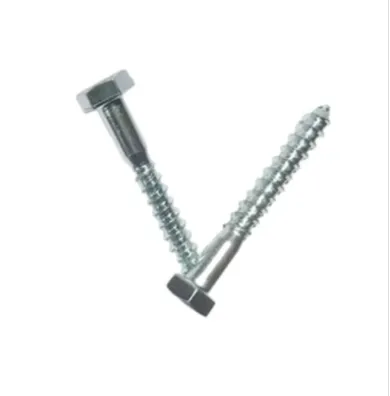Dec . 06, 2024 15:15 Back to list
24mm screwed rod
Understanding the 24mm Screwed Rod Applications, Advantages, and Installation
The 24mm screwed rod is an essential component used in various industries, from construction to mechanical engineering. Its versatility and strength make it a preferred choice for a wide range of applications. In this article, we will explore what a 24mm screwed rod is, its typical uses, its advantages, and some important installation tips.
What is a Screwed Rod?
A screwed rod, also known as a threaded rod, is a long cylindrical piece of metal that features threads along its length. The threads allow it to engage with nuts, bolts, or other components, enabling the creation of secure and adjustable connections. Screwed rods can come in various diameters, lengths, and materials, depending on the specific application requirements. The 24mm size stands out due to its substantial diameter, offering enhanced load-bearing capacity compared to thinner rods.
Applications of the 24mm Screwed Rod
The 24mm screwed rod is widely utilized in several applications
1. Construction In construction projects, 24mm screwed rods are often used as tie rods to support structures and provide stability. They are frequently incorporated into concrete frameworks to reinforce tension and prevent structural failure.
2. Mechanical Engineering In mechanical assemblies, these rods are essential for connecting components securely. They are used in machinery, automotive applications, and other mechanical frameworks where strength and durability are paramount.
3. Furniture Manufacturing In the furniture industry, 24mm screwed rods are employed for assembling various items, providing a robust connection that can withstand wear and tear.
Advantages of Using a 24mm Screwed Rod
Several benefits make the 24mm screwed rod a preferred choice in many applications
1. High Load Capacity The larger diameter allows for increased load-bearing capacity, making it suitable for heavy-duty applications.
24mm screwed rod

2. Durability Made from high-quality materials, such as stainless steel or carbon steel, these rods exhibit excellent resistance to corrosion, wear, and fatigue.
3. Versatility Their application across various industries, including construction, manufacturing, and automotive, illustrates their versatility and effectiveness.
4. Ease of Installation The threaded design simplifies installation and disassembly, allowing for quick adjustments and maintenance.
5. Customizable Lengths Screwed rods can be cut to specific lengths, providing flexibility for different projects.
Installation Tips
While installing a 24mm screwed rod is relatively straightforward, there are a few tips to ensure optimum performance
1. Select the Right Material Depending on the environment of use, such as indoor or outdoor locations, choose the appropriate material for the rod. For instance, stainless steel is preferable in corrosive environments.
2. Use Proper Nuts and Washers When pairing with nuts, ensure they are compatible with the rod size and material. Using washers can distribute the load and protect the surfaces being joined.
3. Torque Specifications Follow the manufacturer’s guidelines for torque specifications to avoid over-tightening, which can lead to material failure.
4. Surface Preparation Ensure that the surfaces to be connected are clean and free from debris. This can enhance the connection's integrity and performance.
5. Regular Inspections After installation, conduct periodic checks to ensure the rod remains secure and that there are no signs of wear or corrosion.
Conclusion
The 24mm screwed rod is a crucial component in various applications across multiple industries. Its strength, durability, and versatility make it an optimal choice for both heavy-duty and lightweight projects. By following proper installation practices and understanding its applications, professionals can effectively utilize this essential component to enhance the reliability and safety of their constructions and assemblies. Whether you are in construction, automotive, or manufacturing, the 24mm screwed rod is a reliable ally in ensuring structural integrity and performance.


